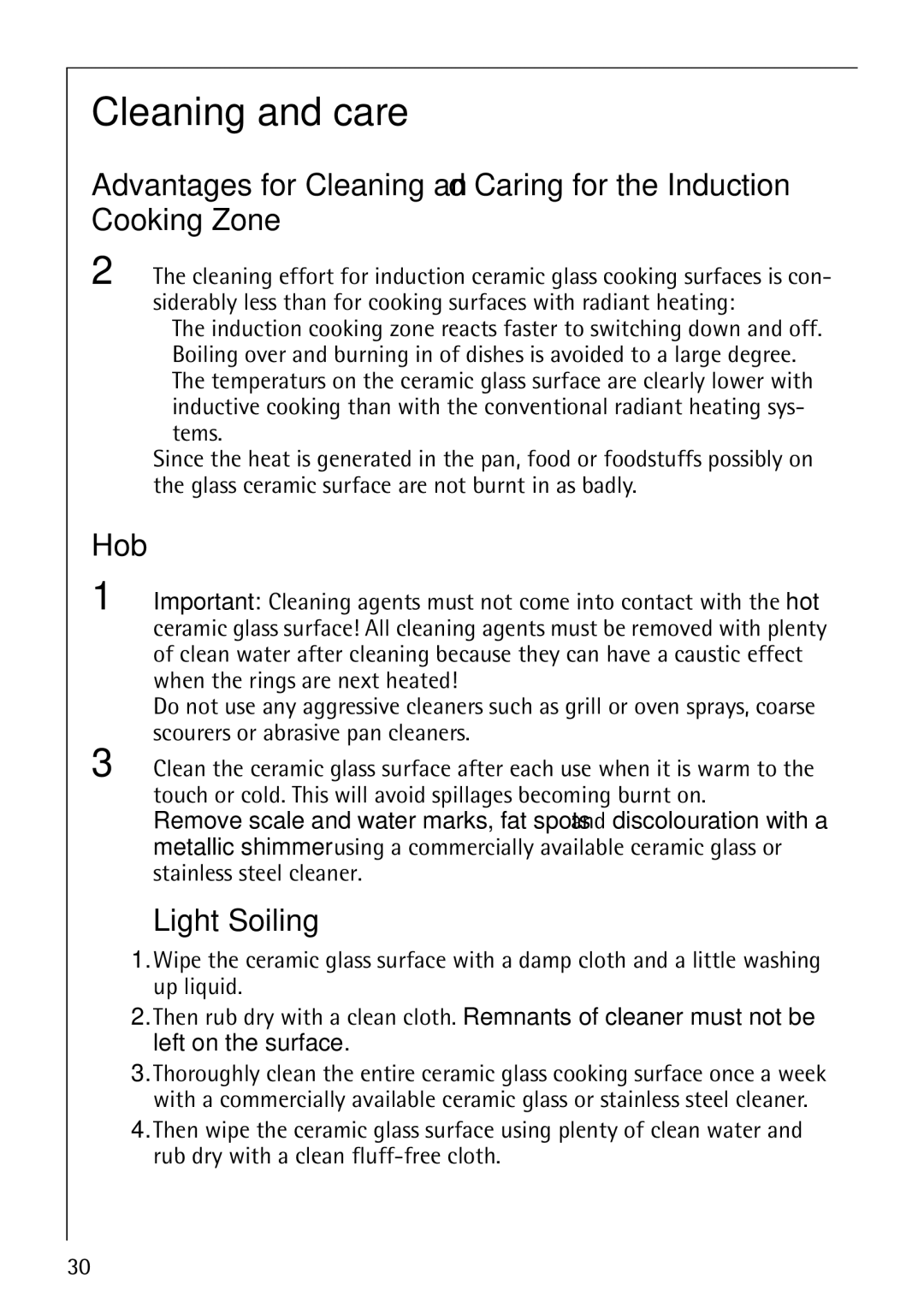68000KF-BN specifications
The Electrolux 68000KF-BN is a versatile and high-performing kitchen appliance designed to enhance cooking experiences. As a freestanding cooker, it brings together advanced features and technologies to ensure users can create culinary delights with ease.One of the standout features of the 68000KF-BN is its powerful gas cooking system. With multiple burners, each offering varying heat levels, it allows for precise control over cooking temperatures. The presence of a wok burner is particularly notable, providing intense heat for stir-frying, while the other burners cater to daily cooking tasks. The gas ignition system ensures that the burners ignite effortlessly, making the cooking process straightforward and safe.
In terms of oven capabilities, the Electrolux 68000KF-BN includes a spacious multi-function oven, which provides users with diverse cooking options. This multifunctionality allows for conventional cooking, fan-assisted cooking, and grilling, enabling users to experiment with different recipes. The oven features a self-cleaning function, making maintenance a breeze. With its enamel coating, the interior is designed to be easy to wipe clean, minimizing the time needed for upkeep.
With a focus on energy efficiency, this cooker is designed to reduce energy consumption while still delivering excellent cooking performance. This makes it not only cost-effective but also more environmentally friendly, aligning with modern sustainability standards.
Additionally, the self-timer ensures that users can set their cooking times without the worry of overcooking or burning their meals. The pull-out drawers enhance accessibility, making it easy to store and retrieve cookware and ingredients, thereby streamlining the cooking process.
The sleek stainless-steel finish of the Electrolux 68000KF-BN not only adds to the aesthetic appeal of any kitchen but also ensures durability and resistance to everyday wear and tear. It seamlessly fits into various kitchen designs, enhancing the overall décor.
In summary, the Electrolux 68000KF-BN is a reliable and efficient freestanding cooker that combines powerful gas burners, a multifunction oven, self-cleaning features, and a stylish design. Whether cooking simple everyday meals or elaborate dishes, this appliance is built to meet the demands of both amateur cooks and culinary enthusiasts alike. Its features and technologies truly elevate the cooking experience, making it a valuable addition to any kitchen.

